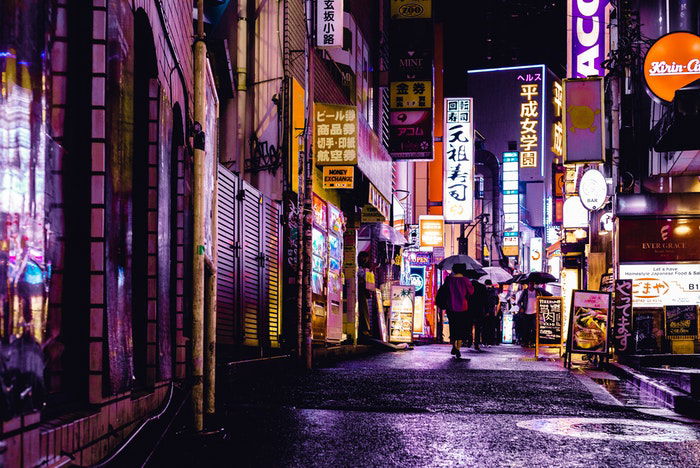Some Of Street Photographers
Some Of Street Photographers
Blog Article
What Does Street Photographers Mean?
Table of ContentsThe smart Trick of Street Photographers That Nobody is DiscussingThe Buzz on Street PhotographersLittle Known Facts About Street Photographers.What Does Street Photographers Do?The Of Street Photographers
, a style of photography that records day-to-day life in a public location. The very publicness of the setting allows the professional photographer to take candid images of complete strangers, commonly without their understanding. Road digital photographers do not necessarily have a social purpose in mind, however they choose to isolate and catch minutes which might or else go unnoticed.He was influenced by numerous of those who influenced the street digital photographers of the 1950s and '60s, he was not mainly interested in catching the spirit of the road., that functioned side by side with professional photographers attempting to catch the essence of city life.
Due to the somewhat primitive modern technology offered to him and the lengthy direct exposure time required, he struggled to capture the stress of the Paris streets. He explored with a series of photo techniques, trying to discover one that would enable him to record motion without a blur, and he found some success with the calotype, patented in 1841 by William Henry Fox Talbot. While the professional photographers' subject was basically the exact same, the results were considerably different, demonstrating the impact of the digital photographer's intent on the personality of the pictures he produced.
Street Photographers Can Be Fun For Everyone
Offered the great top quality of his photos and the breadth of product, engineers and artists typically got Atget's prints to use as recommendation for their very own work, though business passions were hardly his primary motivation. Rather, he was driven to picture every last residue of the Paris he loved.

Unlike his peers, Brassa utilized a larger-format Voigtlnder electronic camera with a longer direct exposure time, requiring him to be extra calculated and thoughtful in his method than he might have been if making use of a Leica. (It is believed that he might not have actually been able to afford a Leica during that time, yet he did, however, make use of one in the late 1950s to take colour photos.) Brassa's why not try this out pictures of the Paris abyss illuminated by fabricated light were a revelation, and the collection of the collection that he published, (1933 ), was a significant success.

The Single Strategy To Use For Street Photographers
It is since visit this page of this basic understanding of the art of image taking that he is frequently credited with uncovering the medium around once more roughly a century because its creation. He took pictures for more than a half century and influenced generations of digital photographers to trust their eye and instinct in the minute.
These are the inquiries I shall attempt to answer: And after that I'll leave you with my own interpretation of road digital photography. Yes, we do. Allow's start with specifying what an interpretation is: According to it is: "The act of defining, or of making something definite, distinctive, or clear".
No, most definitely not. The term is both restricting and misguiding. Seems like a road digital photography should be photos of a roads appropriate?! And all street photographers, besides a handful of absolute novices, will completely appreciate that a road is not the vital element to road photography, and actually if it's a photo of a street with maybe a couple of monotonous individuals not doing anything of rate of interest, that's not street digital photography that's a photo of a road.
The 5-Second Trick For Street Photographers
He makes a legitimate point do not you assume? Nevertheless, while I concur with him I'm uncertain "honest public photography" will certainly catch on (although I do sort of like learn this here now the term "candid photography") due to the fact that "road photography" has actually been around for a long time, with lots of masters' names affixed to it, so I think the term is below to remain.
Inside?! I hear you yell as you tremble your clenched fist to the sky. Why not? You can shoot at the beach, at a celebration, in an alley, in a park, in a piazza, in a coffee shop, at a museum or art gallery, in a metro terminal, at an occasion, on a bridge, under a bridge ...
Yes, I'm scared we have no choice! Without regulations we can not have a definition, and without a definition we do not have a genre, and without a style we don't have anything to define what we do, therefore we are stuck in a "policies meaning genre" loophole! And no-one wants to obtain embeded a loop. - Street Photographers

Report this page